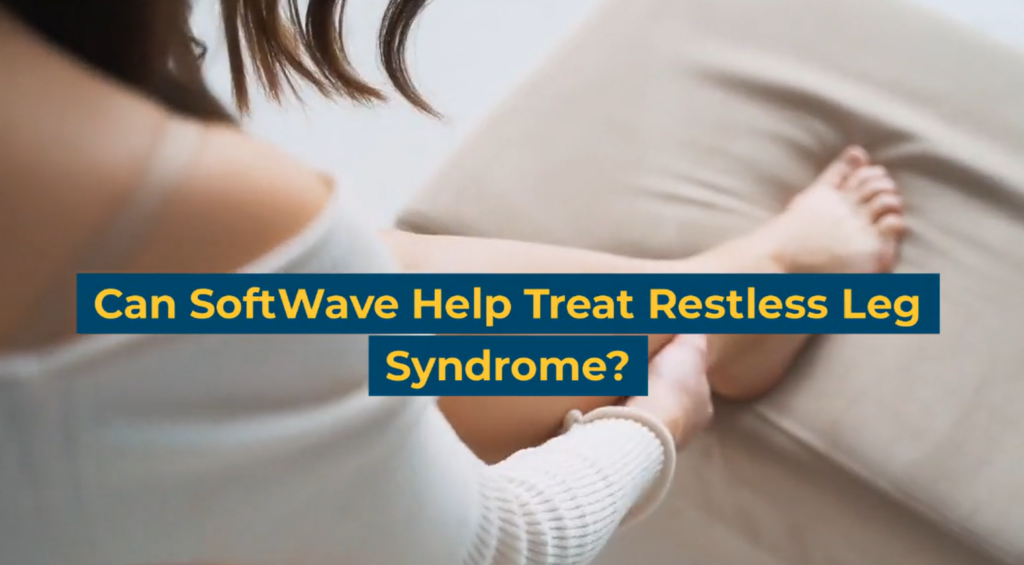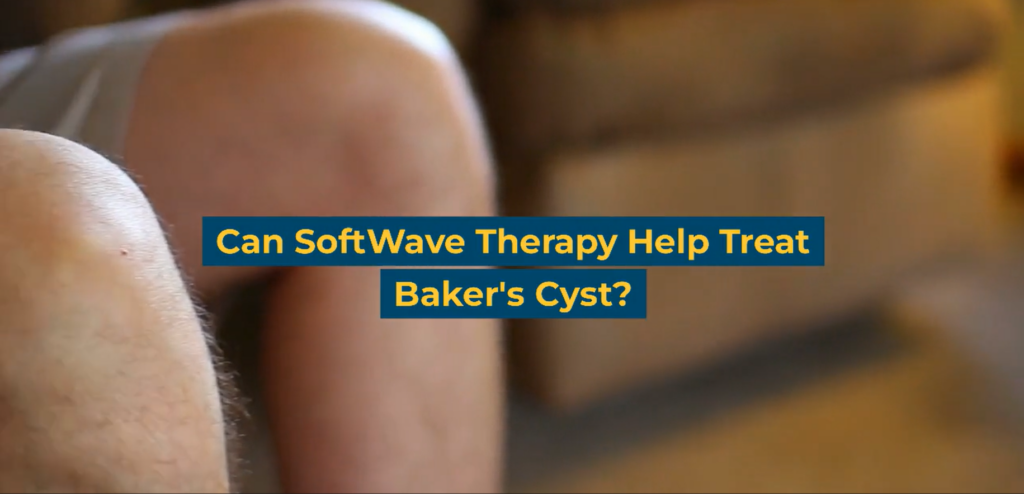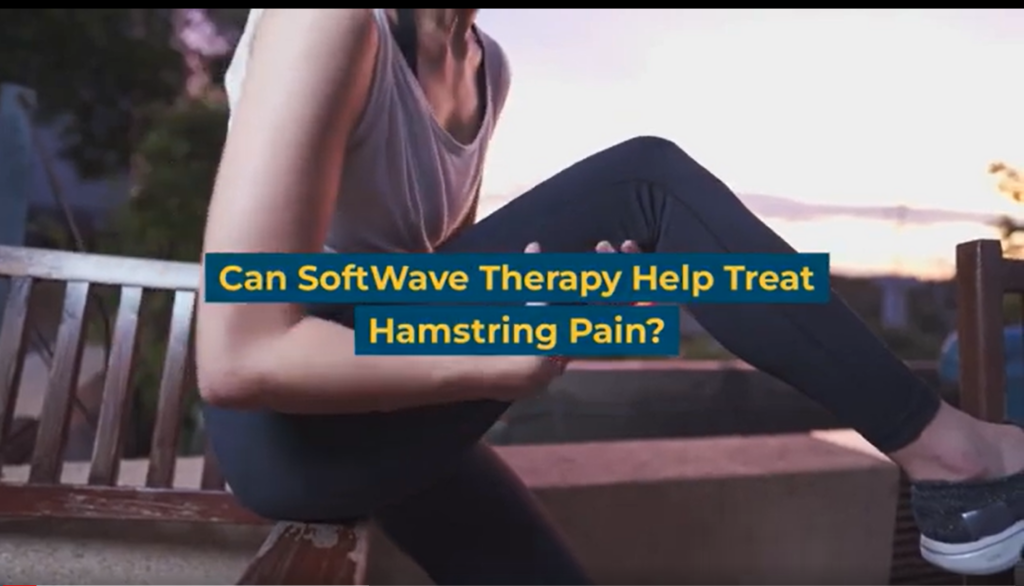What Is Small Fiber Sensory Neuropathy?
SFSN is a neurological condition that affects the small, unmyelinated nerve fibers that transmit sensory information from the skin and other peripheral tissues to the spinal cord and brain. The exact cause of SFSN is not well understood, but it is thought to be related to several underlying conditions, including diabetes, autoimmune disorders, and certain infections.
The symptoms of SFSN can vary widely but typically include tingling, burning, and numbness in the hands and feet. Other symptoms may include muscle weakness, difficulty with balance and coordination, and changes in skin color or texture. These symptoms can be very distressing for those with SFSN and can significantly impact their quality of life.
Diagnosis of SFSN typically involves a combination of physical examination, nerve conduction tests, and skin biopsies.
Traditional Treatments for Small Fiber Sensory Neuropathy
The current treatment options for SFSN typically include medications such as pain relievers, antidepressants, and anticonvulsants. Lifestyle changes such as exercising, avoiding smoking and alcohol along with physical therapy to improve mobility can also be effective in managing the symptoms of SFSN.
However, despite the effectiveness of these traditional treatments, they may not be sufficient for everyone with SFSN. In some cases, individuals may experience unwanted side effects or find that their symptoms are not adequately controlled by these interventions.
How Can SoftWave Therapy Help Treat Small Fiber Sensory Neuropathy?
SoftWave therapy is a non-invasive treatment that uses Extracorporeal Shock Wave Therapy (ESTW) to stimulate the body’s natural healing processes. The therapy works by using a special device that delivers low-energy acoustic waves to the affected area, which helps to improve blood flow and promote the regeneration of damaged nerve tissue.
One of the ways how SoftWave therapy can be effective for SFSN is by improving the function of the small nerve fibers that are affected by the condition. By stimulating the body’s natural healing processes, SoftWave therapy can help regenerate damaged nerve tissue and improve nerve function. This then leads to a reduction in symptoms.
In a study published in the Journal of Orthopedic Surgery and Research, SoftWave therapy is an effective treatment option for patients with peripheral neuropathy. The study included 20 patients with peripheral neuropathy treated with SoftWave therapy. After six weeks of treatment, the patients showed significant improvements in their symptoms, including reduced pain and increased nerve function.
Advantages of SoftWave Therapy for Small Fiber Sensory Neuropathy
One of the key advantages of SoftWave therapy for SFSN is that it is a non-invasive treatment that does not require any incisions or injections. This means that there is little to no risk of complications or side effects, and the treatment can be performed in an outpatient setting with minimal disruption to your daily routine.
Secondly, SoftWave therapy has minimal side effects. Some patients may experience slight discomfort during treatment, but this is typically mild and short-lived. Unlike medications, SoftWave therapy does not cause any systemic side effects, such as gastrointestinal disturbances or cognitive impairment.
SoftWave Therapy Treatment Process for Small Fiber Sensory Neuropathy
During a SoftWave therapy treatment session, patients can expect to lie on a treatment table while a trained healthcare professional applies the SoftWave device to the affected area. The device emits high-frequency sound waves that penetrate deep into the tissues and stimulate nerve function. Treatment sessions typically last between 10 and 20 minutes, depending on the severity of the patient’s condition.
For optimal results, patients may require multiple SoftWave therapy sessions. The number of sessions required will depend on the severity of the patient’s condition and their response to treatment. Most patients begin to notice improvement after their first few sessions, with more significant improvement occurring after several weeks of treatment.
While SoftWave therapy can be effective on its own, it can also be used in combination with complementary therapies to maximize results. These may include lifestyle changes such as improving diet and exercise habits and complementary therapies such as physical therapy or acupuncture.
Experiencing Small Fiber Sensory Neuropathy? Find A SoftWave Clinic Near You!
SoftWave therapy is a safe and effective treatment option for small fiber sensory neuropathy. By promoting blood flow, stimulating the body’s natural healing process, and reducing inflammation, SoftWave therapy can improve nerve function and alleviate symptoms. If you’re struggling with small fiber sensory neuropathy, talk to your healthcare provider to see if SoftWave therapy may be a suitable treatment option for you.
If you’re interested in exploring SoftWave therapy further, please feel free to contact us to learn more and schedule a consultation at a clinic near you.
Disclaimer: The information provided in this blog is for educational and informational purposes only and is not intended as a substitute for professional medical advice, diagnosis, or treatment. The content provided in this blog should not be used to diagnose or treat any health problems or illnesses. Always consult with a qualified healthcare professional before making any changes to your healthcare routine or treatment plan.




